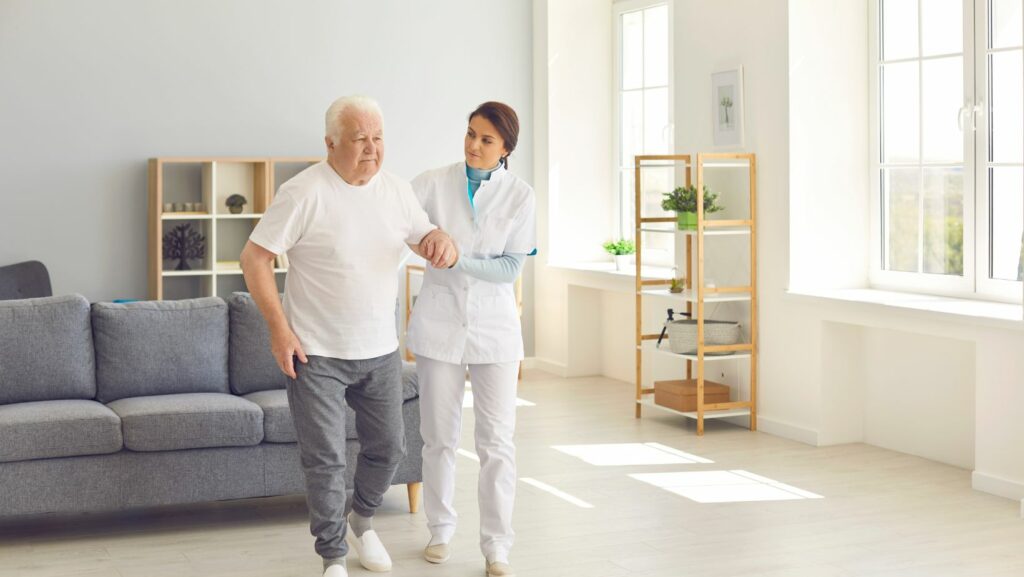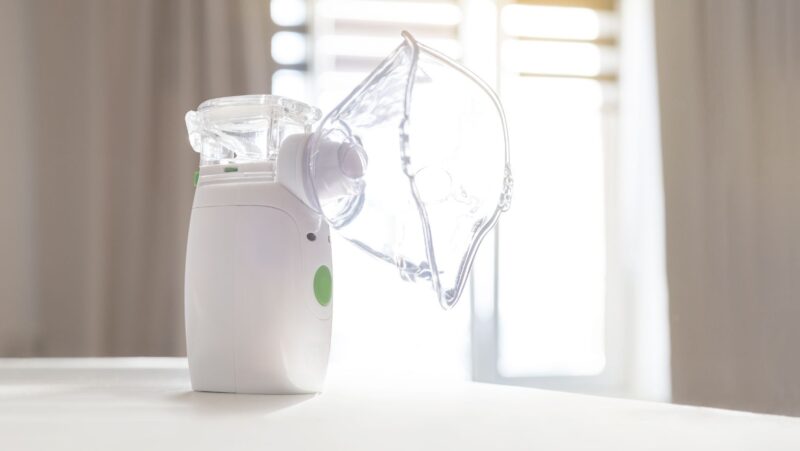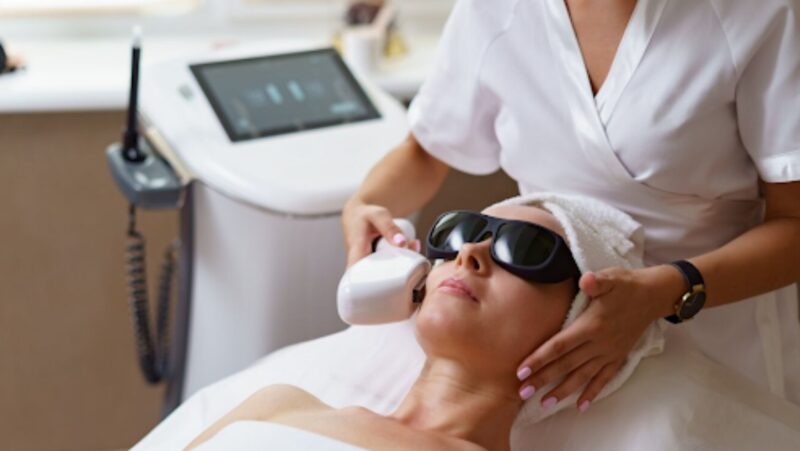
Do you or someone you love need to have hip replacement surgery? This can be an intimidating and overwhelming experience, but thankfully, with proper preparation, it doesn’t have to be. Creating a safe and comfortable home environment for the individual undergoing recovery can greatly increase their chances of a successful outcome. In this blog post, we will provide tips on preparing your home before hip replacement surgery so that an optimal healing environment surrounds the recovering patient.
Installing Assistive Devices
Installing assistive devices in your home is a key step in preparing for hip replacement recovery. These can provide substantial aid in mobility, comfort, and safety. Consider adding a raised toilet seat and safety rails within your bathroom, which will make daily hygiene activities easier and safer. The team behind Stiltz Lifts says that for stairs, a stairlift can be a beneficial addition to your home during the recovery period. This will make navigating stairs easier and reduce the risk of falls. In addition, installing grab bars in areas such as the shower and next to the bed can provide extra support and stability for the patient.
Creating a Recovery Zone
Creating a recovery zone within your home is another essential step for efficient healing post-hip replacement surgery. This area should be optimized for comfort and ease of movement, ensuring the patient’s needs are within easy reach. Start by selecting a common area in the home, preferably on the ground floor, to avoid frequent use of stairs.
This area should have a comfortable bed or sofa, pillows for support, and a side table for medications and personal items. Ensure the area is clutter-free to avoid potential hazards and keep the pathway to the bathroom clear. Set a small fridge with healthy snacks, bottled water, and perishable medications. Having a phone or emergency call device within reach is also beneficial so assistance can be summoned quickly if needed.
Clearing Clutter
Clearing clutter from your home is paramount in preparing for hip replacement recovery. A clutter-free environment reduces the risk of falls and injuries, which is crucial for someone navigating their home with reduced mobility. It’s not just about removing physical obstacles but also about organizing the space so everything is easy to find and within reach. Focus on high-traffic areas such as the bathroom, kitchen, and recovery zone.
Remove loose rugs, cords, or small furniture that may pose a fall risk. Keep the floors clean and dry to avoid slips. In the kitchen, reposition commonly used items to lower shelves for easy accessibility. By creating a clutter-free environment, you’re ensuring smoother recovery and promoting a serene, stress-free space conducive to healing.
Temporary Relocations
Sometimes, it may be beneficial to consider temporary relocation to a single-level living arrangement during the hip replacement recovery period. This change circumvents the challenge of navigating stairs while ensuring the patient’s comfort and safety. If this is not viable, consider converting a ground floor room into a temporary bedroom. It’s also crucial to relocate everyday essentials to the recovery zone or within easy reach in other frequently visited areas. This strategy can minimize unnecessary movement and potential strain, enhancing recovery.
Bedside Essentials
Ensuring the patient’s bedside is well-stocked with essentials is key to creating a comfortable and efficient recovery environment post-hip replacement surgery. The first necessity is a sturdy bedside table, where items such as medications, reading glasses, a notebook and pen for jotting down thoughts or queries for the doctor, and a portable urinal or bedpan (for initial days post-surgery when mobility may be extremely limited) can be kept.
Lighting is another crucial aspect. Ensure there’s a lamp with a switch that’s easy to reach from the bed, enabling the patient to control their light levels without needing to move. If necessary, a telephone should be placed within arm’s reach to facilitate easy communication with family members, doctors, or emergency services.

Consider having a small basket or organizer with compartments to hold items like remote controls, mobile phones, tissues, and reading material. Lastly, provide a water bottle with a secure lid to prevent spills and a box of healthy snacks to curb any sudden hunger.
In conclusion, preparing a home environment for hip replacement recovery involves multiple factors, including installing assistive devices, creating a recovery zone, clearing clutter, considering temporary relocations, and ensuring bedside essentials are available. With these tips in mind, you can create a safe and comfortable space for your loved one to heal and recover successfully from their hip replacement surgery.












